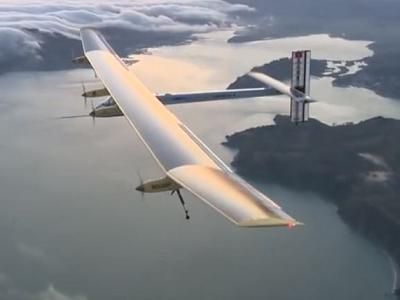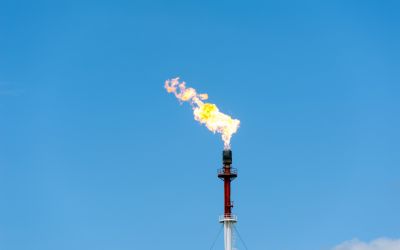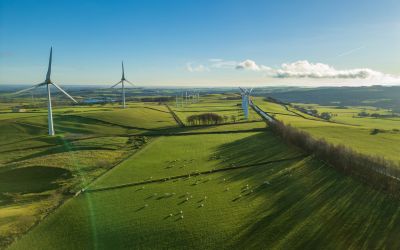New solar plane completes test flight before round-the-world mission
Solar Impulse 2 circles Payerne aerodrome in Switzerland before round-the-world flight attempt in March 2015

A new solar powered plane has had its first test flight and developers are hoping to fly non-stop around the world next year.
The single-seater Solar Impulse 2 has been in development stages for 12 years and circled Payerne aerodrome in Switzerland for two hours and 17 minutes, reaching an altitude of 1,670 metres (5,500 feet) and speeds of 55.6 kilometres per hour.
Further trials will take place in the coming months and the round-the-world flight is scheduled for March 2015.
Solar Impulse 2 (Si2), first unveiled in April, is based on the original Solar Impulse, which broke eight world records journeying across Europe and into Africa, flying throughout the day and night before last year completing a groundbreaking flight across the US.
The Si2's 72 metre wingspan – eight metres longer than its predecessor – is coated in 17,000 solar cells that supply its four electric motors. During the day, the solar cells recharge lithium batteries weighing 633 kilograms, allowing the aircraft to fly at night.
The circumnavigation is expected totake at least 5 days and the pilot will be restricted to the 3.8 cubic metre cockpit.
Takeoff is scheduled for March next year from a location in Gulf yet to be finalised.
The plane is due to cross the Arabian Sea towards India and China before traversing the Pacific, the US, the Atlantic and Southern Europe before landing again.
Landings will be made every few days to change pilots and organise public events.
Given the slow speed and numerous stopping points, the team behind Solar Impulse have said that next year's attempt is more about raising the profile of solar technologies and demonstrating the technical feasibility of solar-power flight, rather than ushering in a revolution in zero-emissions travel.
However, the support of multinational companies such as Google, ABB, Swiss RE and Omega is likely to further boost the profile of the project and increase the chances that some of the technical innovations pioneered by Solar Impulse can be commercialised.






